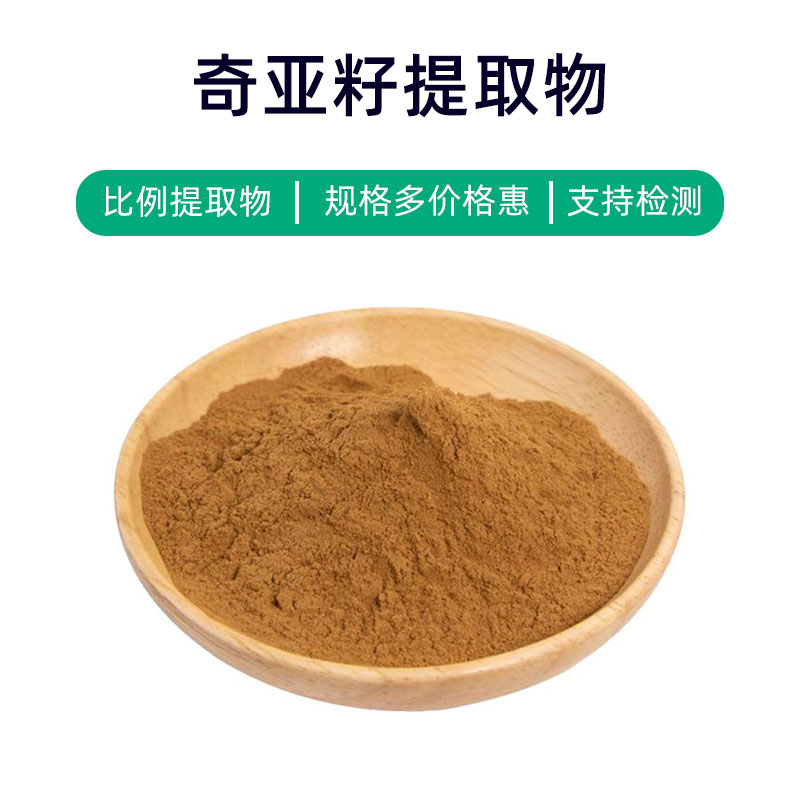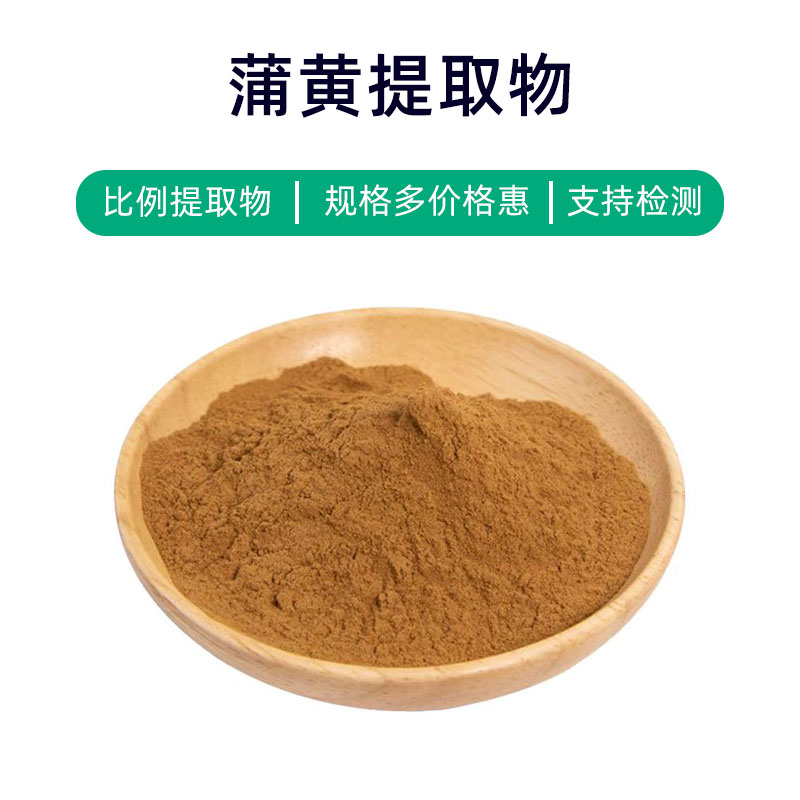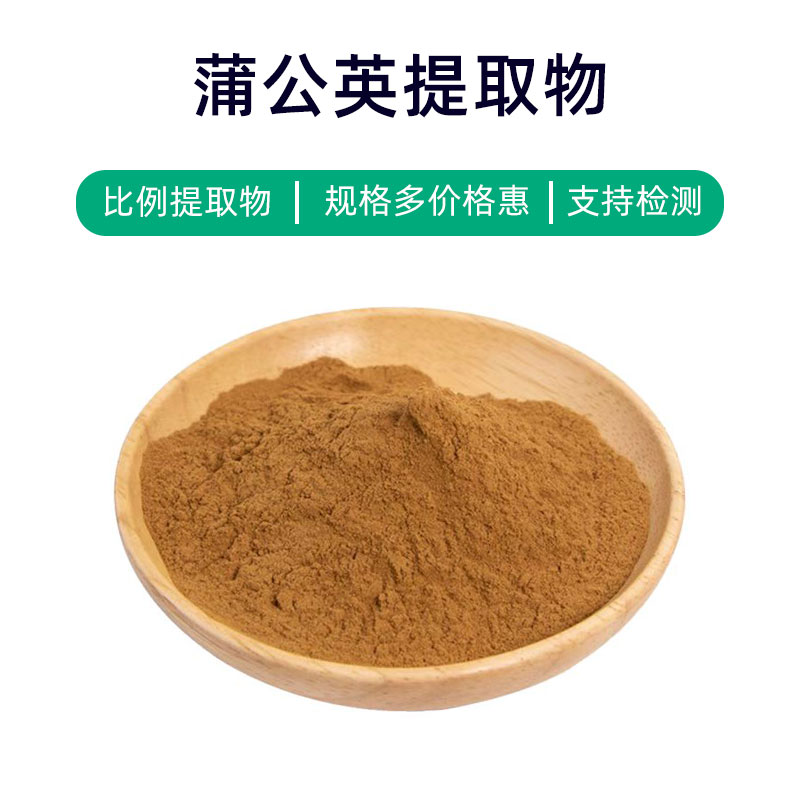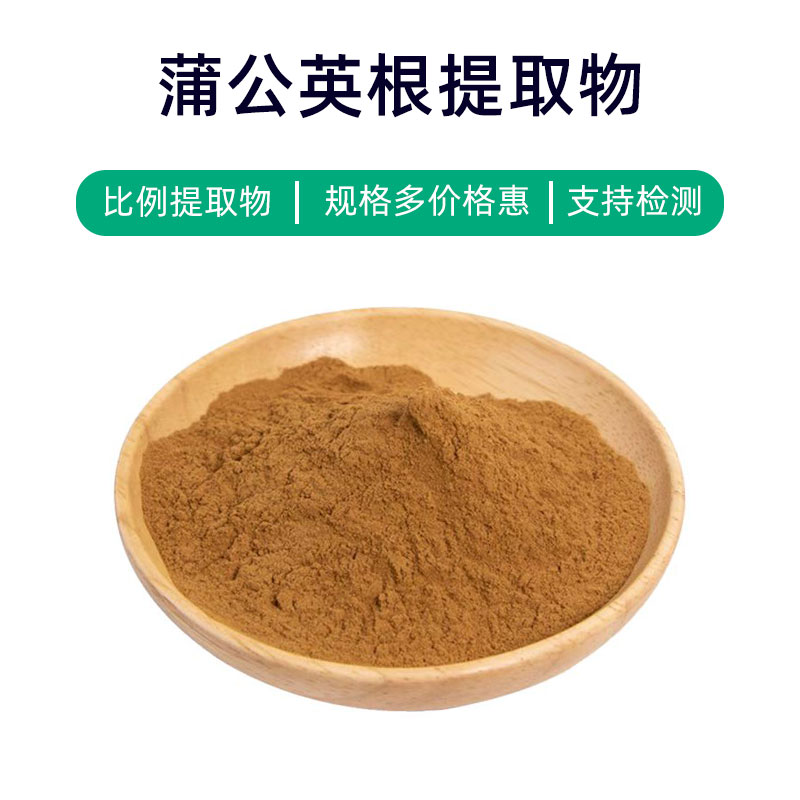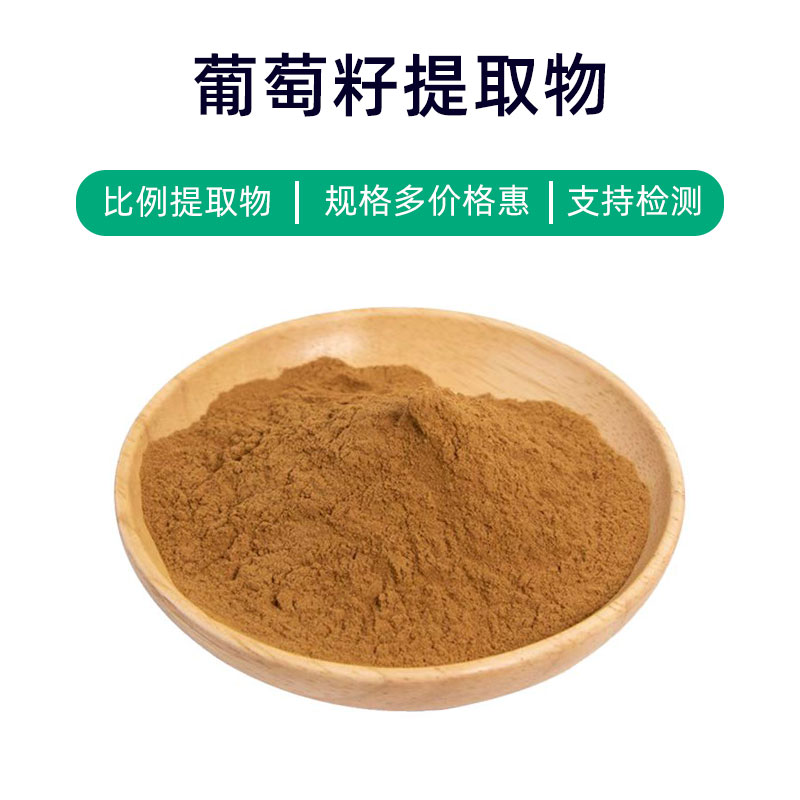Du Zhong Leaf Extract Product Introduction
Du Zhong leaf extract is a natural plant extract derived from the leaves of the Du Zhong tree, containing various active compounds such as quercetin, isoquercetin, and chlorogenic acid. These components offer a range of benefits and applications.
Du Zhong leaf extract is widely utilized in medicine, health supplements, cosmetics, and food products. In the medical field, it serves as a traditional remedy with effects that include blood pressure regulation, immune enhancement, fatigue reduction, and antioxidant properties. In health products, it acts as a natural plant extract aimed at improving overall health and boosting energy and immunity. Within the cosmetics realm, it is commonly found in skincare and beauty products due to its moisturizing, anti-aging, and antioxidant benefits, promoting healthy, youthful skin. In food applications, it serves as a natural flavoring agent that enhances nutritional value and taste, while also being an ingredient in health foods that help maintain wellness.
In summary, Du Zhong leaf extract, as a natural plant extract, offers a variety of benefits and applications, making it a valuable resource in medicinal, health, cosmetic, and food sectors, contributing effectively to health and beauty.
Du Zhong Leaf Extract Production Process
The production process of Du Zhong leaf extract typically involves several steps:
- Raw Material Collection and Selection: Fresh Du Zhong leaves are collected and screened to remove impurities and damaged leaves, ensuring the quality of the extract.
- Preprocessing and Crushing: The selected leaves are washed and crushed to increase extraction efficiency and surface area, usually done by chopping or grinding.
- Solvent Extraction: The preprocessed leaves are mixed with an appropriate solvent (such as water or ethanol) for extraction. Common methods include maceration and continuous flow extraction to fully dissolve the target components.
- Filtration and Concentration: The extract is filtered to remove solid particles and impurities, then concentrated to eliminate the solvent, resulting in a concentrated solution or crude extract.
- Separation and Purification: The concentrated solution undergoes separation and purification techniques, often employing gel filtration, adsorption, or ion exchange methods to remove impurities and enhance the purity of the target components.
- Drying and Grinding: The purified extract is dried to remove any remaining solvents and moisture, then ground into a powder for easier packaging and application.
- Quality Control and Testing: The final Du Zhong leaf extract product undergoes quality control and testing, including visual inspection, ingredient analysis, and microbiological testing to ensure compliance with relevant standards.
- Packaging and Storage: The quality-approved Du Zhong leaf extract is packaged, typically in aluminum foil bags or plastic containers, and stored in a dry, cool, and ventilated environment to prevent exposure to direct sunlight and high temperatures, preserving its stability and shelf life.
Du Zhong Leaf Extract Efficacy and Side Effects
Du Zhong leaf extract is a commonly used herbal remedy, and its primary benefits include:
- Blood Pressure Regulation: The extract contains various bioactive components that help regulate blood pressure. Studies indicate that certain compounds in the extract can dilate blood vessels and lower blood pressure, providing support for individuals with hypertension.
- Antioxidant Properties: Rich in antioxidants, such as polyphenols and vitamin C, it helps neutralize free radicals in the body, reducing oxidative stress and protecting cells from damage.
- Immune System Enhancement: Active components in the extract can bolster immune responses by promoting the generation and activity of immune cells, thereby enhancing the body’s defenses against various diseases.
- Circulation Improvement: Some components have protective effects on blood vessel walls, improving blood circulation and preventing thrombus formation, benefitting cardiovascular health.
- Anti-inflammatory and Analgesic Effects: Research suggests that active ingredients in the extract possess anti-inflammatory and pain-relieving properties, alleviating inflammation and pain associated with conditions like arthritis and muscle aches.
- Liver Protection: Some compounds found in the extract can protect liver cells, promoting regeneration and helping to prevent liver damage, supporting the treatment and prevention of liver diseases.
- Blood Sugar Regulation: Certain studies suggest that active components of the extract may help lower blood sugar levels, providing support for individuals with diabetes.
While Du Zhong leaf extract offers various benefits, it is essential to consider individual differences and potential allergic reactions during use. Some individuals may be allergic to certain components, leading to adverse effects. Therefore, consulting a healthcare professional before use and adhering to recommended dosages are advisable to avoid excessive intake.
Du Zhong Leaf Extract Application Scenarios and Dosage
Du Zhong leaf extract has broad applications in medicine, food, and cosmetics, with recommended usages as follows:
- Medical Field:
- Blood Pressure Supplements: Often used to create supplements designed to regulate blood pressure in hypertensive patients, a typical dosage is 200-400 mg per day, adjustable based on individual needs.
- Cardiovascular Supplements: Its rich active components protect the cardiovascular system, often used in formulations aimed at improving heart health.
- Anti-inflammatory Pain Relief: The extract's compounds with anti-inflammatory and analgesic properties are utilized in medications for treating conditions like arthritis and muscle pain.
- Food Industry:
- Health Foods: Frequently included in health food formulations such as oral liquids and capsules to enhance immunity, regulate blood pressure, and support cardiovascular health.
- Functional Foods: Can be incorporated into food products like teas, beverages, and candies to impart blood pressure-lowering and antioxidant properties.
- Cosmetic Field:
- Skincare Products: Antioxidants from the extract are formulated in items like masks and lotions for their anti-aging benefits, aiding in skin health maintenance.
- Hair Care Products: Active ingredients nourish the scalp and hair, so it's used in shampoos and conditioners to improve scalp health and hair quality.
Dosage for Du Zhong leaf extract may vary depending on the product form and specific use. Generally, the recommended amount in medicinal and health products is 200-400 mg daily, while in food and cosmetic applications, dosages can be adjusted according to specific formulations. During use, it's important to follow product instructions or consult healthcare professionals to avoid excessive intake and adverse reactions.
Du Zhong Leaf Extract Source Plant Overview, Distribution, and Growth Environment
Du Zhong (scientific name: Eucommia ulmoides Oliv.), also known as “tulip tree,” “cat tulip,” or “yellow tulip,” is a unique plant native to China. It belongs to the mulberry family and is one of China's special and valuable medicinal tree species. Here is a detailed overview of the source plant of Du Zhong leaf extract, including its distribution and growth environment:
- Plant Characteristics:
- Du Zhong is a deciduous tree that can reach heights of about 20 meters, with gray-brown bark and a uniform, symmetrical crown.
- The leaves are alternate, simple, resembling elm leaves, ovate to elliptical, and have fine serrated edges.
- It produces unisexual flowers, with male and female flowers present on the same tree; the flowering period generally occurs between April and May.
- Distribution:
- Du Zhong is mainly distributed in the central and eastern provinces of China, including Henan, Shandong, Hebei, Shaanxi, Hubei, Hunan, Jiangxi, and Anhui.
- In China, its distribution is extensive, especially flourishing in regions centered around the Yellow River and Yangtze River basins.
- Growth Environment:
- Preferring warm, humid, and well-lit environments, Du Zhong shows good adaptability to soil conditions, thriving in sandy or loamy soils.
- It usually grows in valleys, hillsides, or at the base of mountains, typically at altitudes between 200 and 1000 meters; it is relatively cold-resistant but intolerant of waterlogging and shade.
- Cultivation and Artificial Planting:
- Du Zhong can be propagated through seeds or cuttings.
- In recent years, as knowledge of its medicinal value has increased, the cultivation of Du Zhong has expanded, leading to the establishment of large artificial forest areas in some regions.
In conclusion, Du Zhong is a highly adaptable plant with relatively flexible growth requirements, widely distributed in central and eastern China, with its leaves serving as a vital raw material for producing Du Zhong leaf extract.
Du Zhong Leaf Extract Processing and Storage
The processing of Du Zhong leaf extract generally involves several steps: first, fresh Du Zhong leaves are harvested and initially cleaned to remove impurities. Next, the leaves are dried (either sun-dried or machine-dried) to remove excess moisture. After that, the dried leaves are crushed or ground to extract useful components. Finally, suitable extraction methods (such as water or ethanol extraction) are employed to obtain the effective components from the leaves, resulting in the final Du Zhong leaf extract.
Regarding storage, Du Zhong leaf extract should be kept in a cool, dry environment, avoiding direct sunlight and high temperatures. Additionally, precautions should be taken to prevent moisture and air contact to avoid spoilage or oxidation. Ideally, the extract should be stored in a tightly sealed container for optimal preservation. Under proper storage conditions, Du Zhong leaf extract can typically maintain long-term stability and efficacy.
Monica Sun is a seasoned expert in the plant extraction industry with over a decade of experience in research and production. She specializes in the extraction and purification of plant active ingredients, focusing on driving innovation in natural product applications. Monica has participated in the development of multiple functional plant extracts, delivering high-value natural raw material solutions for the health food, pharmaceutical, and dietary supplement sectors.









